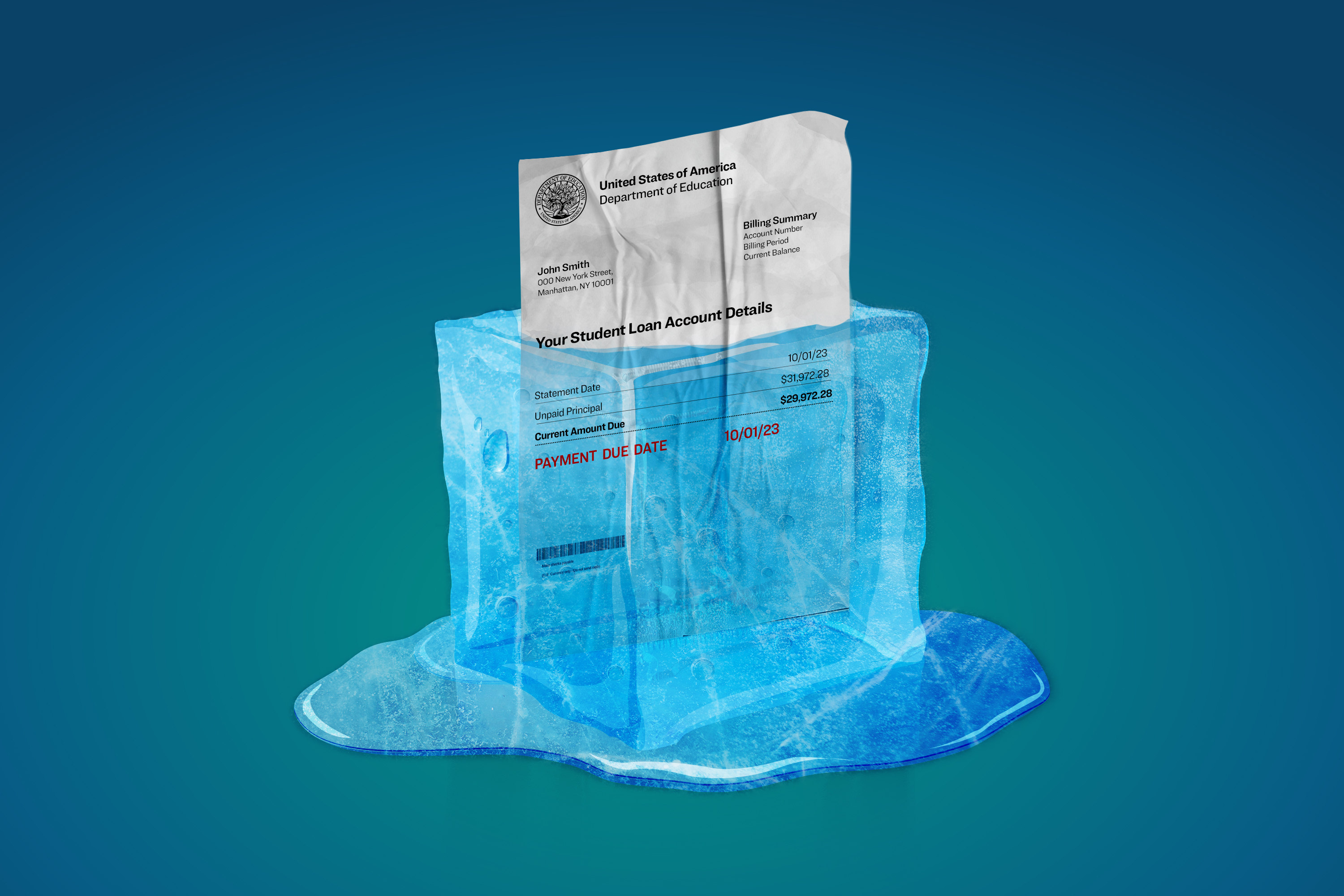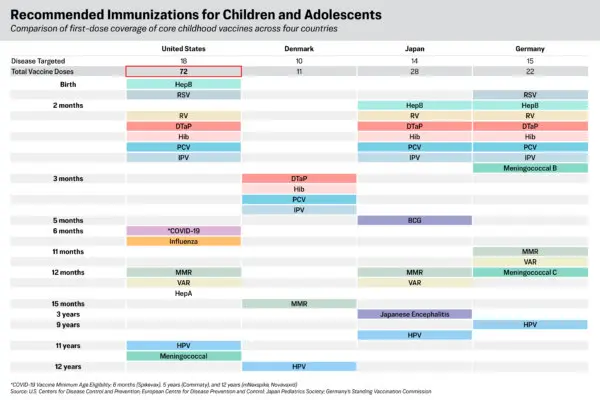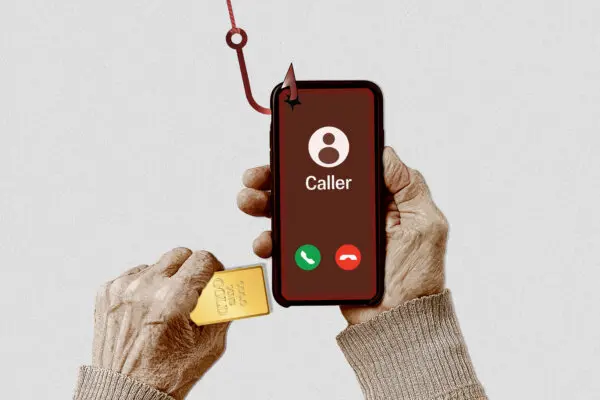Tens of millions of Americans will start receiving their monthly federal student loan bills again, the first time in three years, as the pause on loan payments and collections expired on Oct. 1.
The pause first went into effect in March 2020 as part of the Trump administration’s effort to ease the financial burden on Americans as the government enacted stay-at-home orders during the COVID-19 pandemic. The repayment pause was extended numerous times under the Trump and Biden administrations but ended on Oct. 1 after a debt-ceiling deal prohibited President Joe Biden from extending it further.










